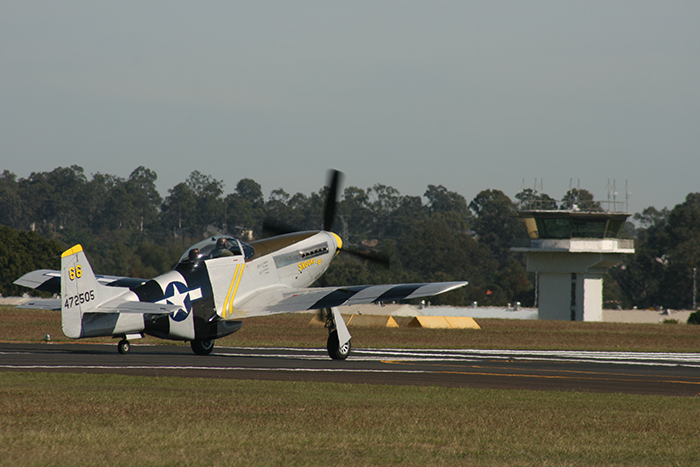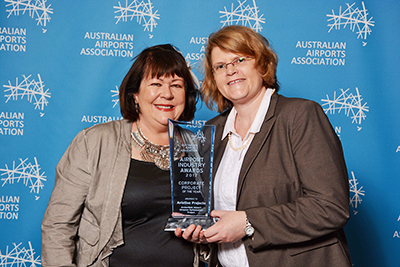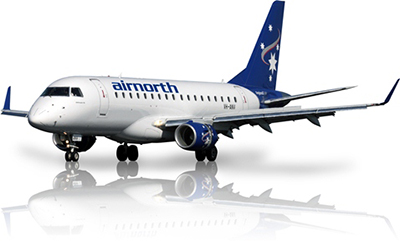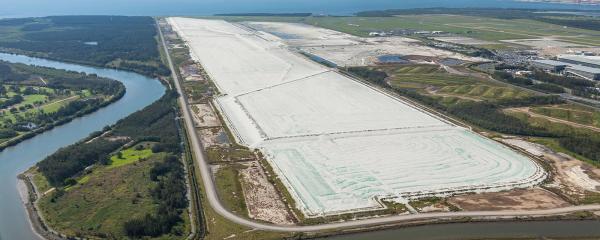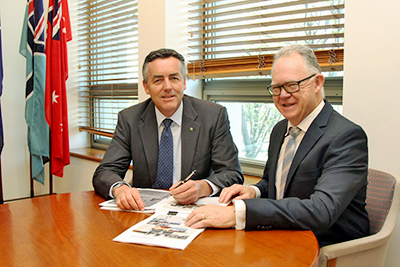General Aviation ‘Flight Plan’ takes off
LEADERS of Australia’s General Aviation (GA) Advisory Group has presented a plan to the Federal Government to help ensure the sector’s future, highlighting three priority areas.
Priorities are to develop a broad long term strategic perspective for GA; propose how air safety regulation can support GA through clear, consistently applied, and proportionally responsive administration; and maintain and enhance GA industry capability, through workforce development and access to airspace and infrastructure. 
GA Advisory Group chair and Royal Flying Doctor Service of Australia CEO, Martin Laverty said Deputy Prime Minister and Minister for Infrastructure and Transport, Michael McCormack had “given the GA Advisory Group freedom to identify our own opportunities for growth and to present its ideas on solutions to some of our challenges”.
Mr McCormack received the General Aviation Flight Plan from sector leaders in Canberra.
“The GA Advisory Group was established by the then-Minister Darren Chester in October 2016, to provide the very diverse GA sector with a forum to advise the government on its priorities,” Mr McCormack said.
“I welcome the establishment of the GA Flight Plan and I have asked the Department of Infrastructure, Regional Development and Cities and the Civil Aviation Safety Authority (CASA) to work with the Group in responding to these priorities.
“To ensure the group is able to complete the work outlined in the GA Flight Plan, the group’s membership and operations will continue for a further two years and I look forward to working constructively with the Group during this period.”
Dr Laverty thanked the Deputy Prime Minister for his strong backing of the GA industry.
“He has welcomed the Flight Plan, which addresses critical issues of regulatory burden and ensuring sufficient workforce to keep Australians flying,” Dr Laverty said.
CASA CEO and director of Aviation Safety, Shane Carmody welcomed the opportunity to work closely with the GA Advisory Group and to strengthen the safety regulator’s ties with GA.
“I’m pleased to have met with the GA Advisory Group, and to plan to use it as an ongoing reference group on safety regulatory issues relating to the GA sector,” Mr Carmody said.
ends

 How to resolve AdBlock issue?
How to resolve AdBlock issue? 